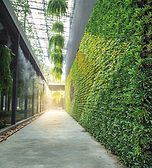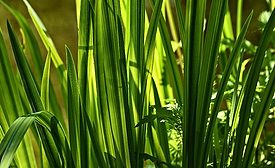Home » circular economy
Articles Tagged with ''circular economy''
Keep the info flowing with our eNewsletters!
Get the latest industry updates tailored your way.
JOIN TODAY!Copyright ©2024. All Rights Reserved BNP Media.
Design, CMS, Hosting & Web Development :: ePublishing


-(1).jpg?height=168&t=1668413861&width=275)
.jpg?height=168&t=1672116434&width=275)





